When we hear the word “protein”, many of us visualize strong athletes, big tubs of protein powder, or main dishes consisting of chicken or steak. But, protein is so much more than a muscle-building nutrient; it plays various roles in all of our body systems, making it an essential nutrient and helping in keeping our body functioning optimally. Protein exists in what’s called a synthesis cycle, meaning that the body is constantly breaking down, using, and discarding the protein we get through our diet, making it that much more important that we’re getting enough. In fact, protein comes from the Greek word “proteios”, which means primary. Keep reading to learn more about why we need protein, how much protein we should actually eat daily, and what protein-rich foods to include in our diet.
The world of nutrition can be overwhelming, complex, and full of opposing viewpoints. At Arrae, we’re committed to providing science-backed, evidence-based research that benefits all of us in terms of our overall health and wellness. That being said, there is a lot of compelling but not so-true nutritional information out there, especially on topics that have garnered a lot of popularity, like protein. Before we jump right into the research, we wanted to offer a friendly reminder that living intuitively and mindfully making personal choices that benefit our own body and our personal health journey is what wellness should be all about. Now, let’s get into today’s topic: What’s the scoop on protein?
What is Protein and Why Do We Need It?
Proteins are long chains made up of building blocks known as amino acids. There are 20 different amino acids that link together to form an infinite number of combinations; our body uses these building blocks to make muscles, bones, enzymes, and hormones that work for our body in various ways. Protein is a ‘macronutrient’, meaning that we need relatively large amounts of it (as compared to, say, vitamin C, which is a micronutrient) to stay alive and healthy.
Our body can make 11 amino acids on its own; these 11 are known as non-essential amino acids, since it’s not essential that we consume them in our diet. However, the remaining 9 are the essential amino acids, highlighting the importance of incorporating as many of them in our meals and snacks each day so that our body can function. Different types of foods contain different types and amounts of each essential amino acid, so if an individual is following a specific diet pattern, like veganism, a dietitian or nutritionist can help them make sure they’re hitting all their amino acid targets.
In general:
Animal Products: The foods in this group, which includes chicken, beef, fish, and dairy products, have all of the essential amino acids and are known as ‘complete’, ‘ideal’, or ‘high quality’ proteins.
Soy Products: Soy, quinoa, and amaranth (the seed of a leafy green) also contain all of the essential amino acids, making them ‘complete’, too.
Plant Proteins: This group includes beans, lentils, nuts, and whole grains, which usually lack at least one of the essential amino acids and are considered ‘incomplete’ proteins. Those following a strict vegetarian or vegan diet should choose a variety of protein sources from a combination of plant foods every day to ensure the mixture of essential amino acids in the diet is optimal.
Regardless of food source, our body’s digestive system breaks down these long strands of amino acids into individual amino acids, which are absorbed and used by cells to build other proteins, enzymes, and even DNA. Now that we’ve covered some basic science, let’s dive into some of what protein actually does for our bodies after we’ve enjoyed it in a meal.
Protein:
Increases Strength and Muscle Mass: Protein is the building block of our muscles, making it essential whether we’re into hot girl walks or heavy lifting in the gym. Numerous studies show that eating plenty of protein increases both muscle mass and strength, and working out also increases the amount of protein we need each day. Exercise breaks down the fibers within our muscles, and protein helps to not only rebuild these fibers back, but to build them back stronger than they were before a workout.
Stimulates Biochemical Reactions: Enzymes are proteins within the body that aid in the various biochemical reactions that take place inside and outside of the cells. The structure of enzymes allows them to combine with other molecules inside the cell, known as substrates, which catalyze reactions that are essential to our metabolic processes. Enzymes can also function outside the cell, such as digestive enzymes (hello, Gut Boost!), which help break down different foods. Bodily functions that depend on enzymes include: digestion, energy production, blood clotting, and muscle contractions. Without these enzymes, our bodies would shut down completely, emphasizing the need for protein.
Acts as a Hormonal Messenger: Some proteins are hormones, which are defined as chemical messengers that aid in communication between cells, tissues, and organs. They are made and secreted by endocrine glands, then transported in the blood to their target tissues or organs where they bind to protein receptors on the cell surface. Hormones can be grouped into three main categories, with protein and polypeptides making up most of the body’s hormones. These include insulin and glucagon, human growth hormone (which stimulates the growth of various tissues), and ACTH (stimulates the release of cortisol, the “stress hormone”).
Heightens Immune Response: Proteins help form immunoglobulins, more commonly known as antibodies, to help the body fight infection. These antibodies are proteins in the blood that protect the body from invaders, like bacteria and viruses. When these harmful particles enter the cell, the body produces antibodies that signal to the body that they must be eliminated. Without antibodies, these bacteria and viruses would multiply freely, and we would not be able to fight off diseases. But, once we develop antibodies, our cells never forget how to make them; this means that the next time a particular disease invades the body, the immune system will be able to respond quickly and effectively.
Transports and Stores Nutrients: Proteins known as transport proteins carry substances throughout the bloodstream into, out of, and within cells. The substances that these proteins transport include vitamins and minerals, blood sugar, cholesterol, and oxygen. These transport proteins are specific, which means they will bind only to specific substances. For example, GLUT (glucose transporters) move glucose into the cells, and hemoglobin carries oxygen from the lungs to body tissues.
How Much Protein Do I Need in a Day?
Protein evidently plays various roles in the body; we truly need adequate amounts of protein to stay alive! But, how much is that amount, exactly?
This amount of protein varies drastically between individuals, depending on factors like gender, activity level, and age. The US Recommended Dietary Allowance (RDA) for protein is between 0.8 - 1.0 g/kg. However, the RDA does not represent an ideal intake, rather it reflects the minimum amount of protein required for generally all healthy individuals.
The average target protein intake for women is between 45-50 grams, which is why we may see this number upon doing a quick Google search. However, it is important to remember that this number is far too low for someone who lifts weights or exercises regularly, who is trying to gain muscle and strength, or who is pregnant or breastfeeding. For increasing muscle mass, between 1.2-1.7 grams per kilogram of body weight is recommended. While this may seem complicated, research shows that the average American actually consumes well over the recommended amount of protein. As long as we’re incorporating the foods below in our meals and snacks, we should be good to go. For more information on personalized recommendations, it’s always a good idea to reach out to a professional nutritionist or dietitian for individualized advice and needs. But, let’s cover what foods to look for to amp up our protein intake to feel strong and satisfied after our meals and snacks.
What Foods are Protein-Rich?
There are so many foods that are both delicious, filling, and protein-rich. Some ideas to include in meals and snacks include:
Animal Sources:
Chicken Breast: In addition to being high in protein, chicken provides a variety of B vitamins, zinc, and selenium. One half of a chicken breast provides 27 grams of protein.
Greek Yogurt: We know that yogurt packs many digestive benefits, but we also get a huge amount of protein when we start our day with a yogurt bowl. One 200g (7 ounce) container provides 20 grams of protein, along with nutrients like calcium, B12, and vitamin A.
Fish: Fish is an excellent source of protein, plus fatty fish (hello, salmon!) are high in omega-3 fats, which have powerful benefits for our overall health. One half of a salmon filet provides 31 grams of protein!
Turkey Breast: Turkey is a great, low-fat, and easily accessible source of protein. It’s also high in niacin, B6, selenium, and zinc. Turkey contains tryptophan, an amino acid that helps synthesize serotonin. One 3 ounce serving of skinless turkey breast contains 26 grams of protein.
Eggs: Eggs are an efficient source of high quality protein that contains all 20 amino acids. One egg contains 6 grams of protein; whether it’s an omelet, scrambled eggs, or sunny side up, eggs are a quick and easy way to pack a big punch of protein.
Tuna: Tuna is almost a 100% pure protein food, is full of vitamins and minerals, and has a high concentration of antioxidants. Tuna is additionally a good source of omega-3 fatty acids, whether it’s canned tuna, tuna salad, or a tuna steak.
Plant Sources:
Tofu, Tempeh, and Edamame: All three of these foods are made from soybeans, which are considered a complete source of protein. All three contain iron, calcium, and between 12-20 grams of protein per 3 ounce serving.
Beans: Beans of all varieties, including kidney, black, pinto, and chickpeas, are high in protein and contain complex carbohydrates, fiber, iron, and several other beneficial nutrients.
Nutritional Yeast: Nutritional yeast has a cheesy flavor, making it easy to sprinkle on pasta, include in mashed potatoes, or mix into a tofu scramble. Just ½ ounce of this complete source of plant protein contains 8 grams of protein!
Hemp Seeds: Hemp seeds contain 9 grams of protein in a 3 tablespoon serving. They’re full of magnesium, iron, calcium, and omega-3 fatty acids. Sprinkle some over a yogurt bowl, include them in homemade granola, or incorporate them into no-bake energy balls.
Quinoa: Unlike most cereal grains, quinoa is a complete protein, containing all the essential amino acids. Just 1 cup of cooked quinoa provides 9 grams of protein, making quinoa a desirable base to buddha bowls.
Protein is an extremely important macronutrient for so many reasons, and consuming an adequate amount of protein each day allows us to stay well and thrive. Check back for our next blog post, which breaks if going plant-based is actually better by diving deeper into the differences between animal proteins and plant proteins.

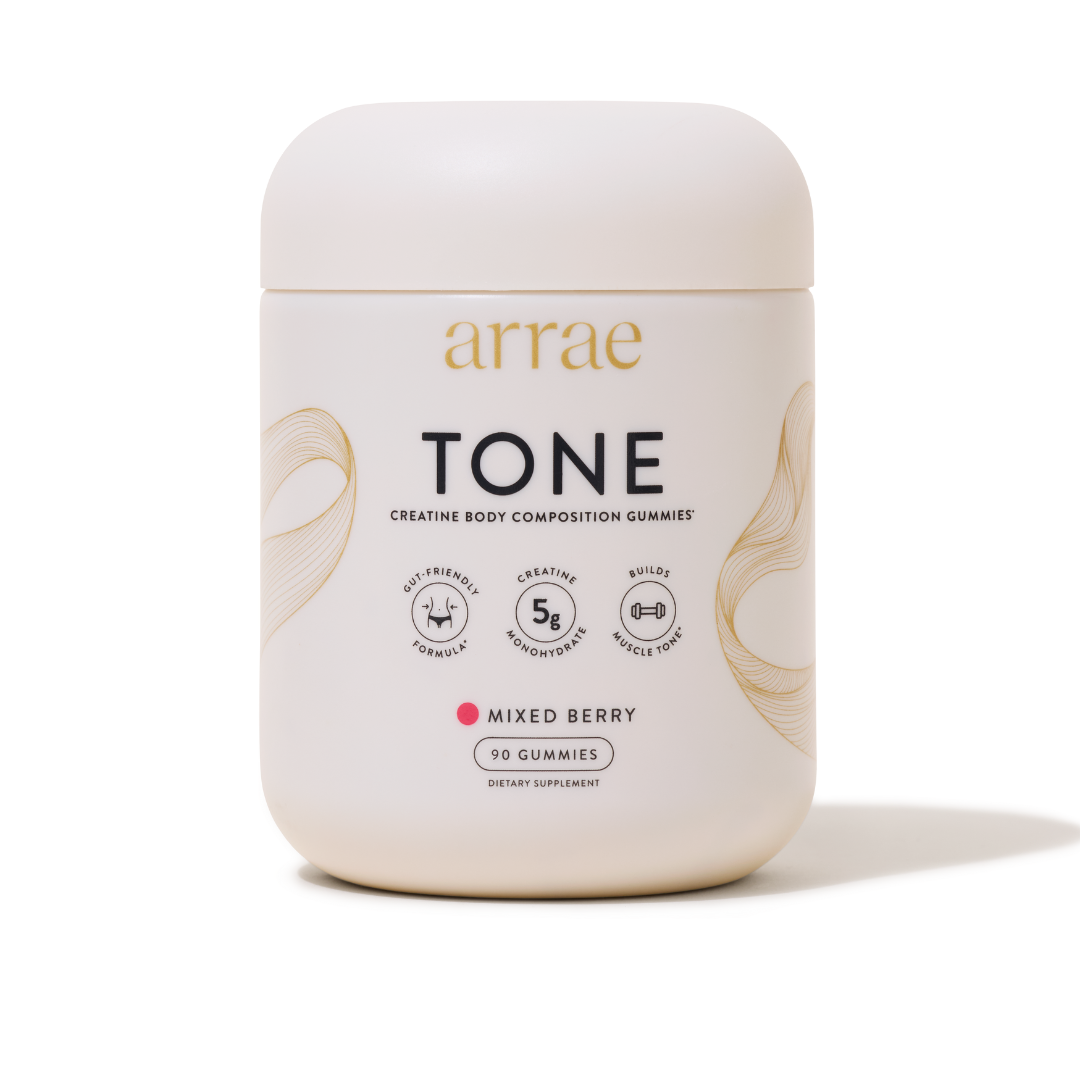
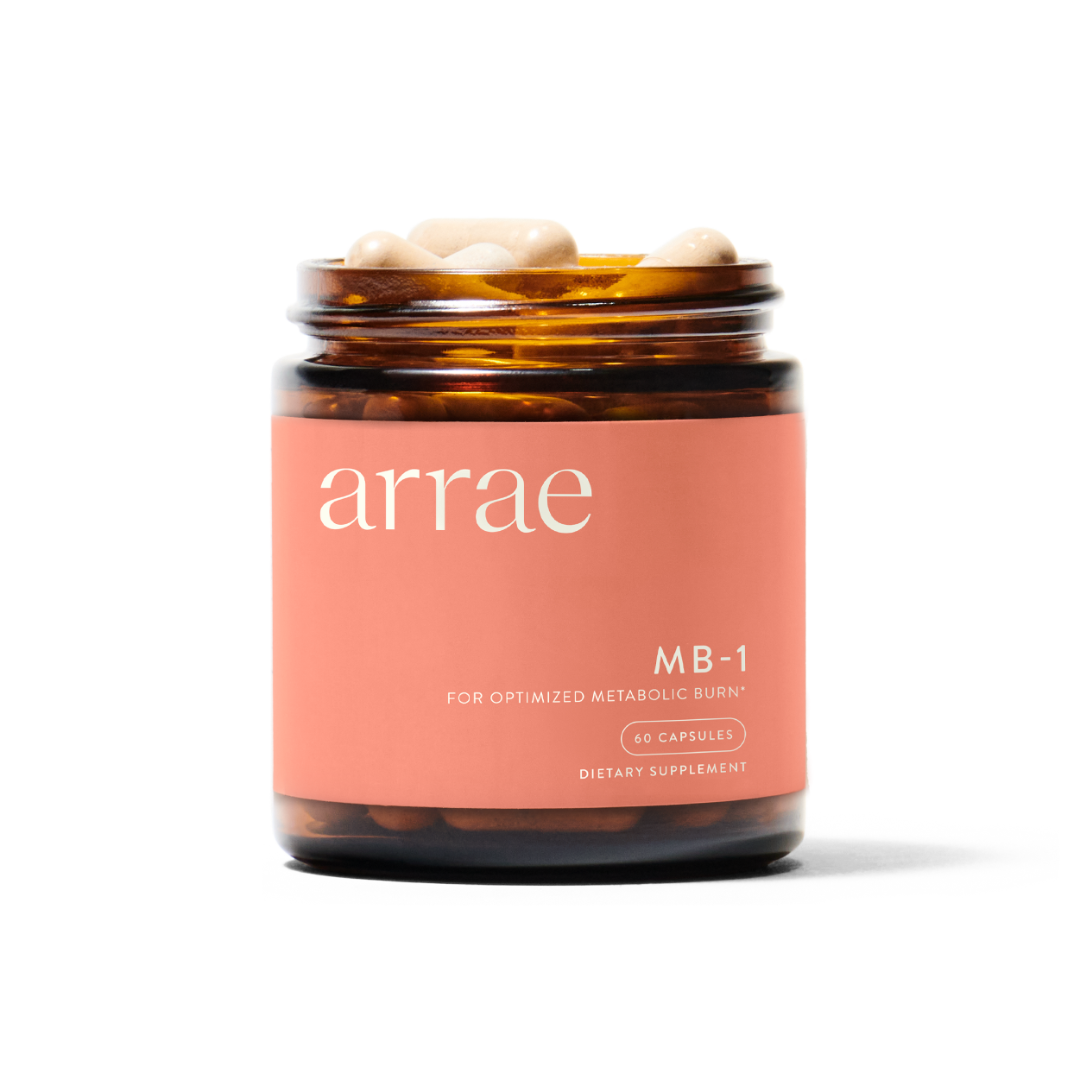
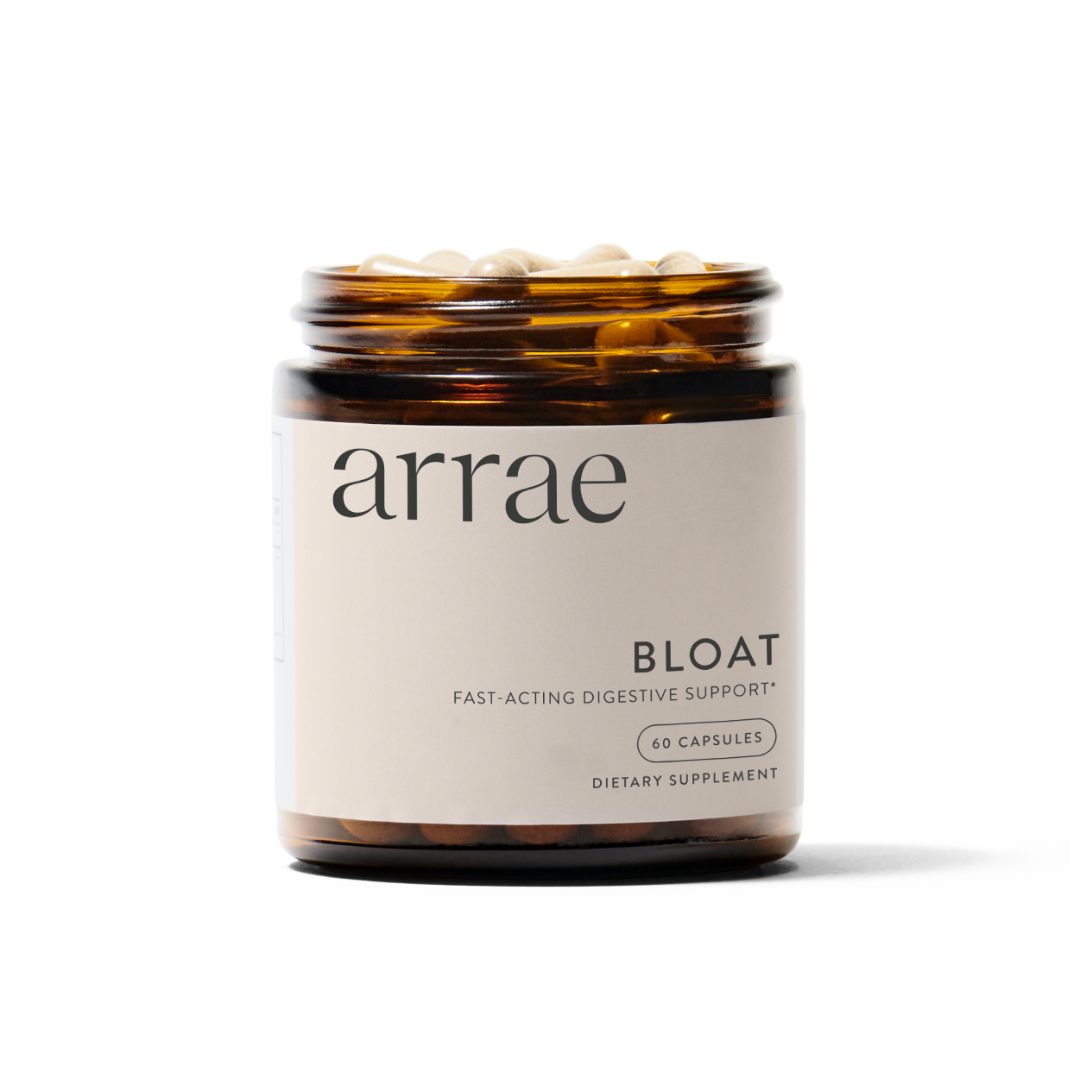
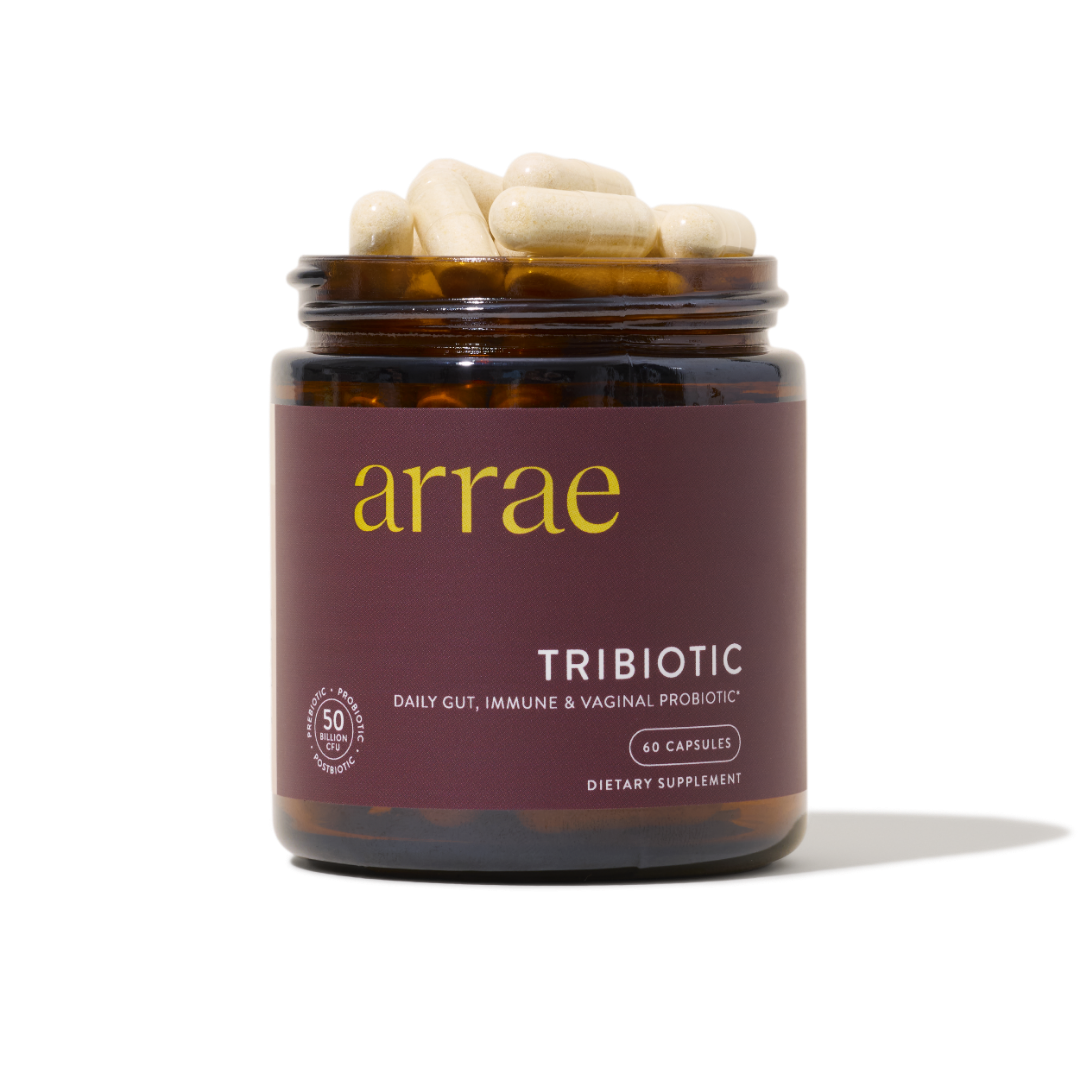
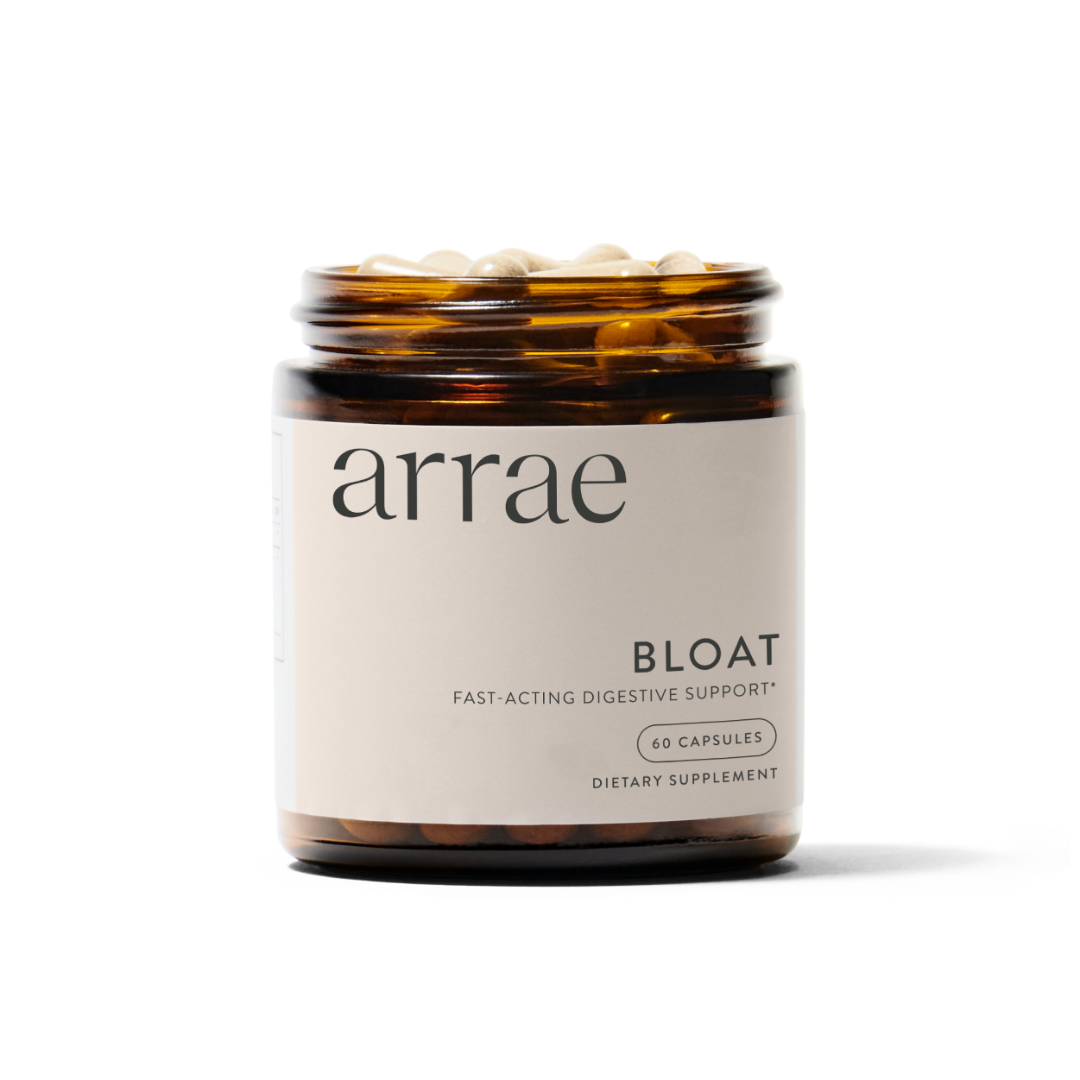
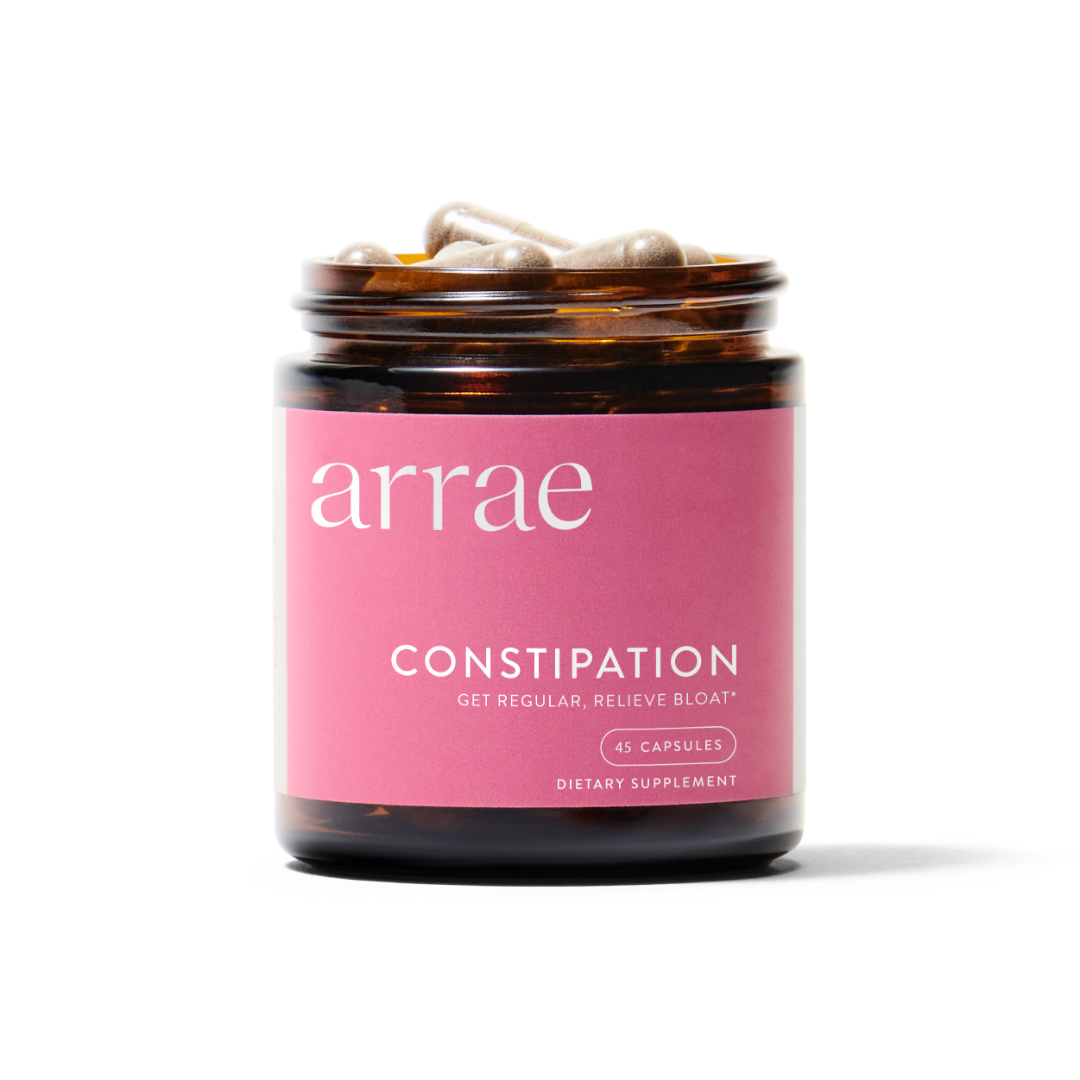

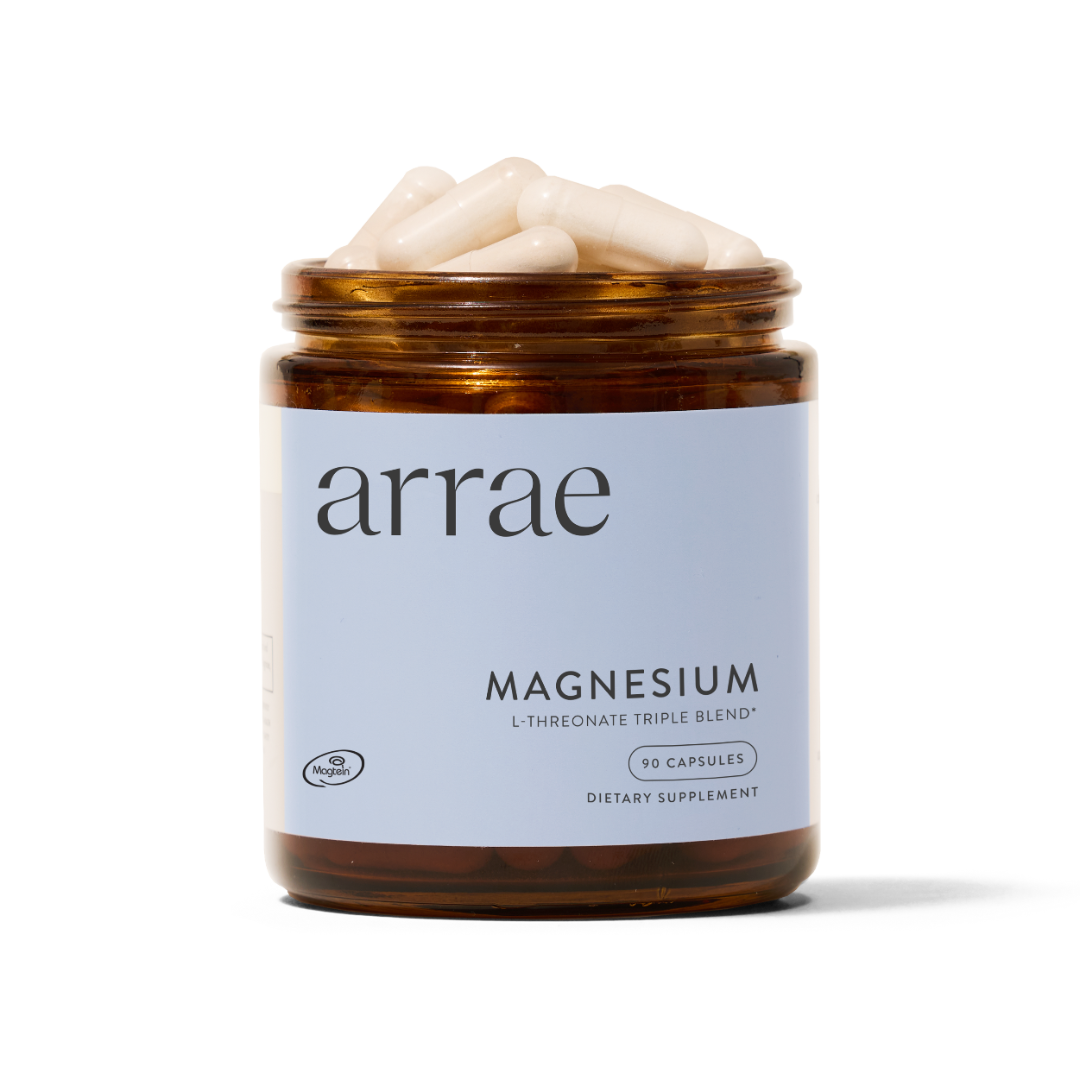
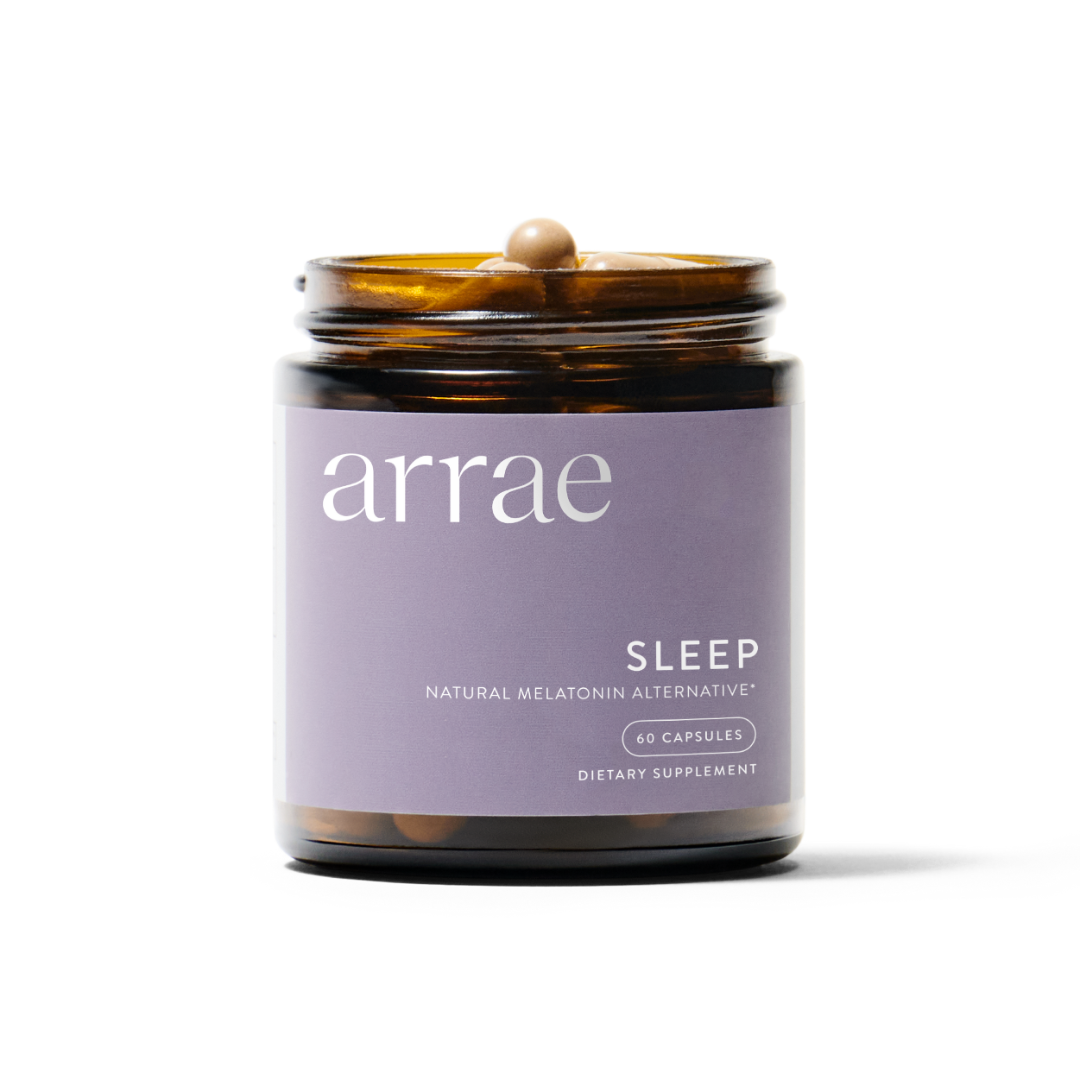
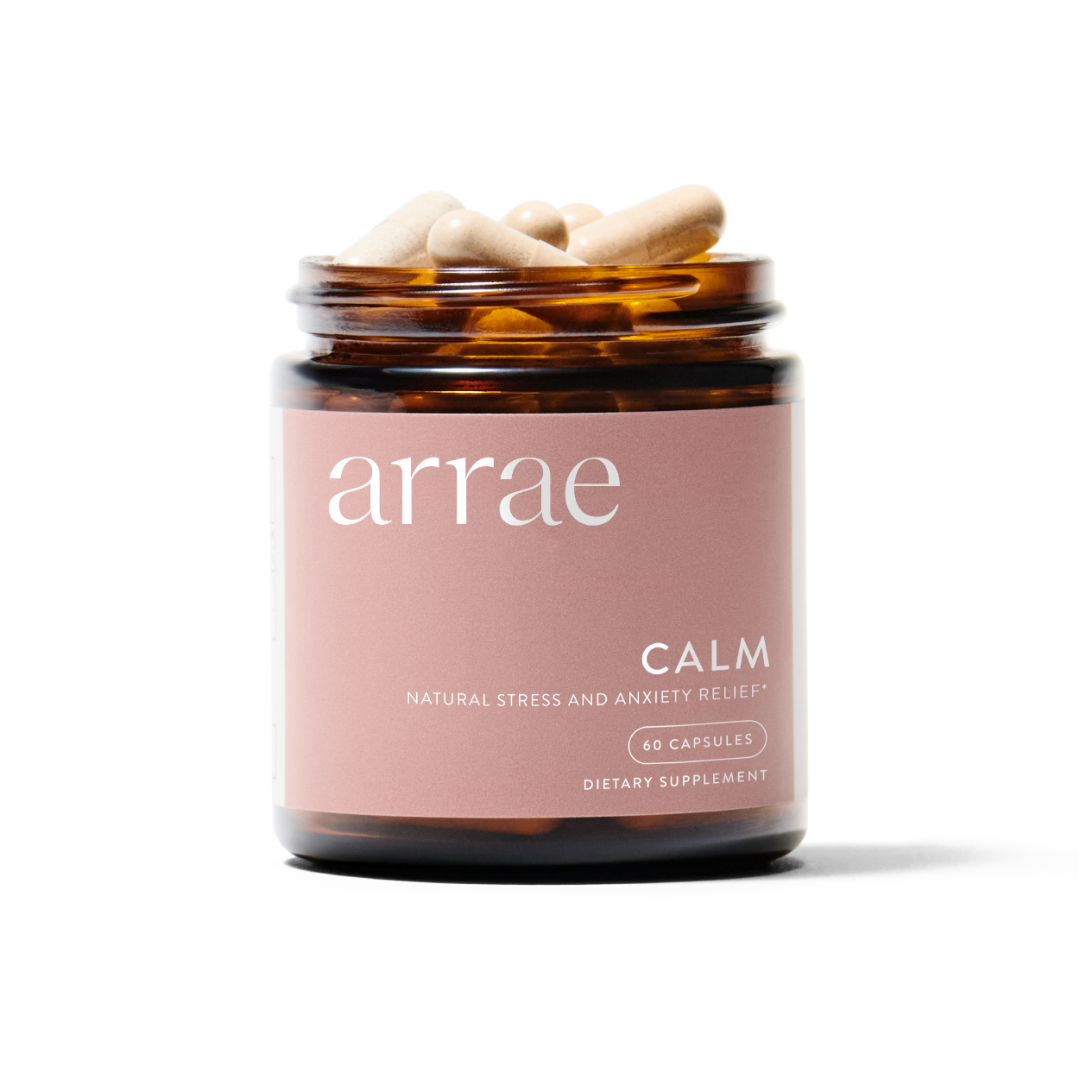
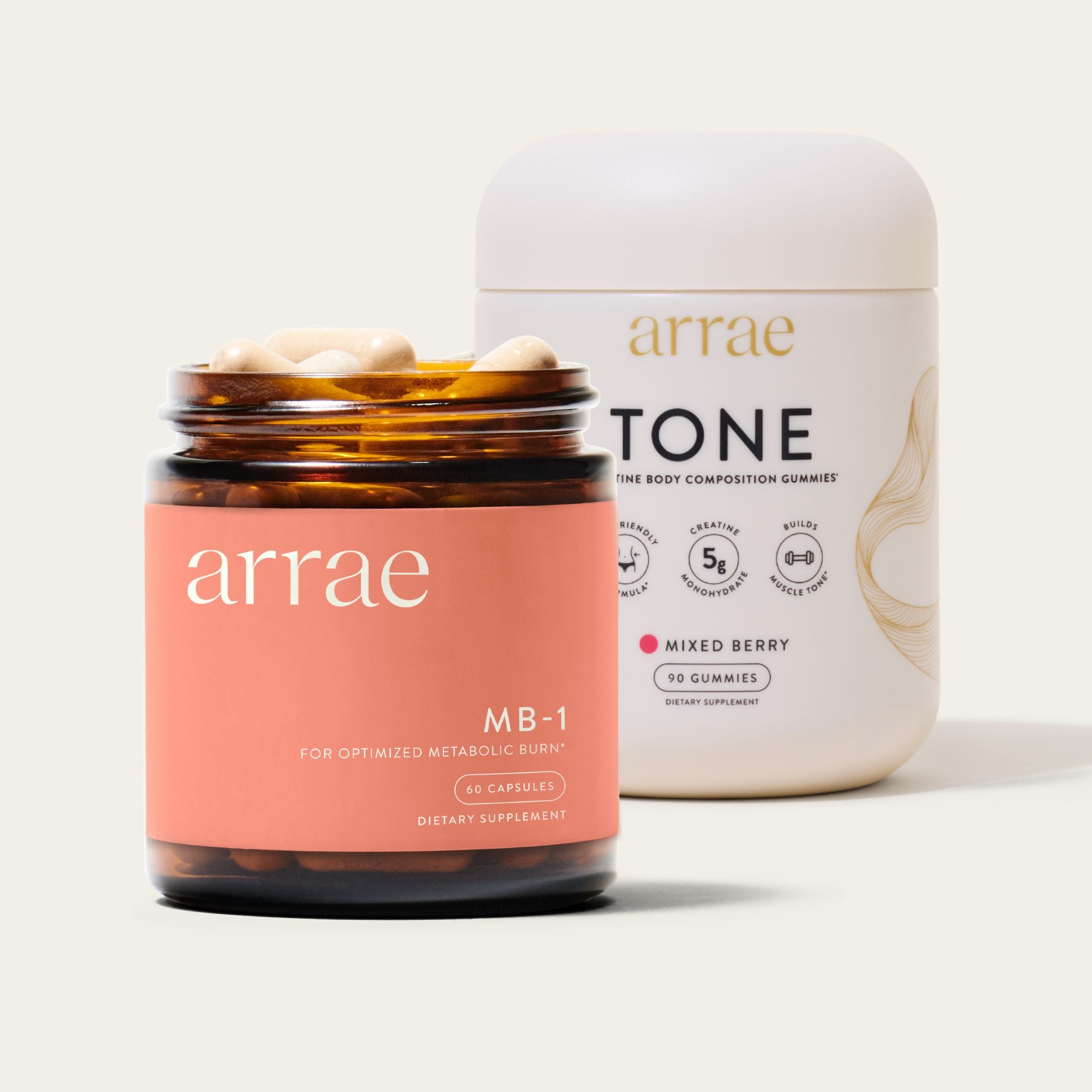
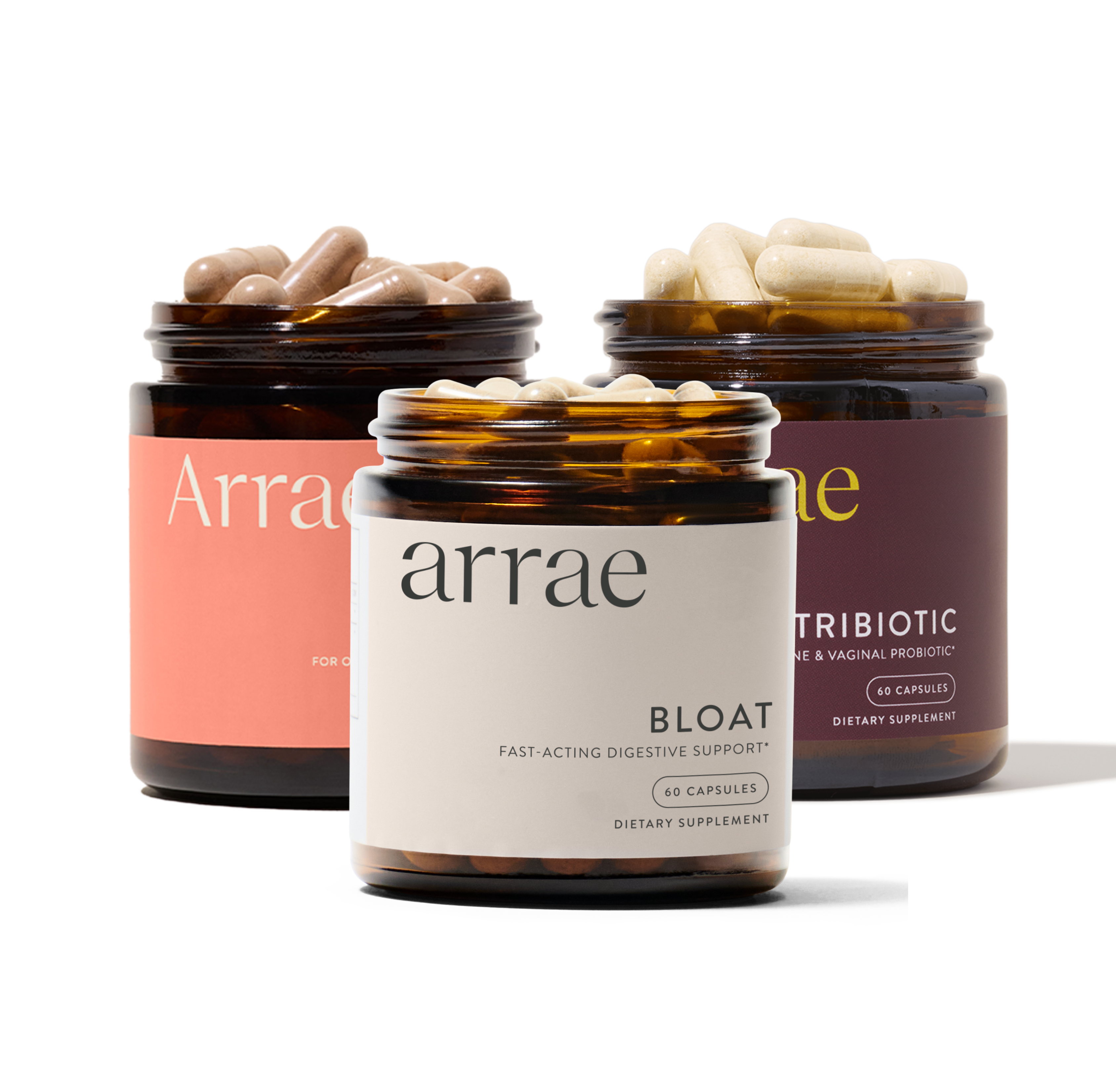
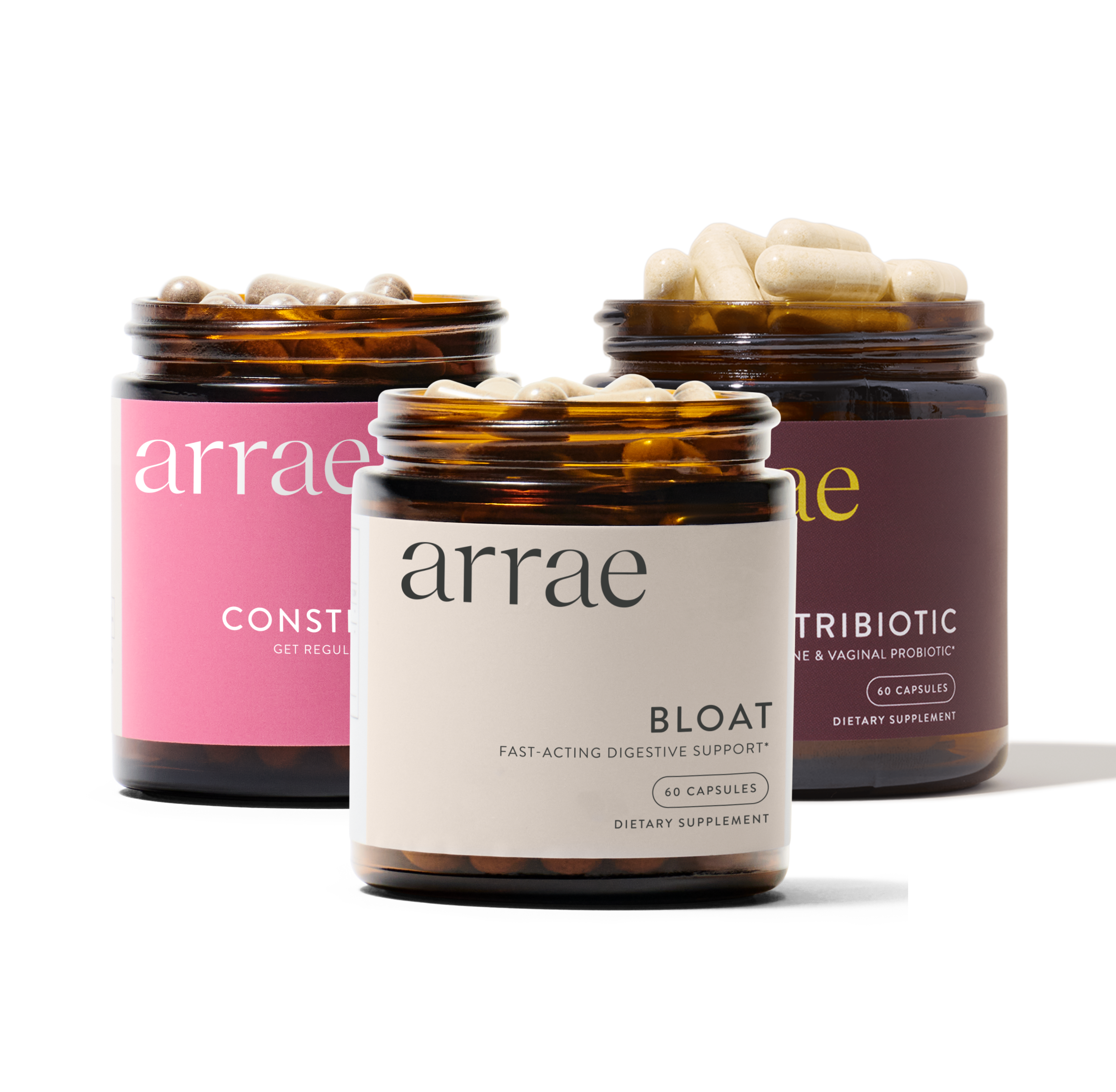






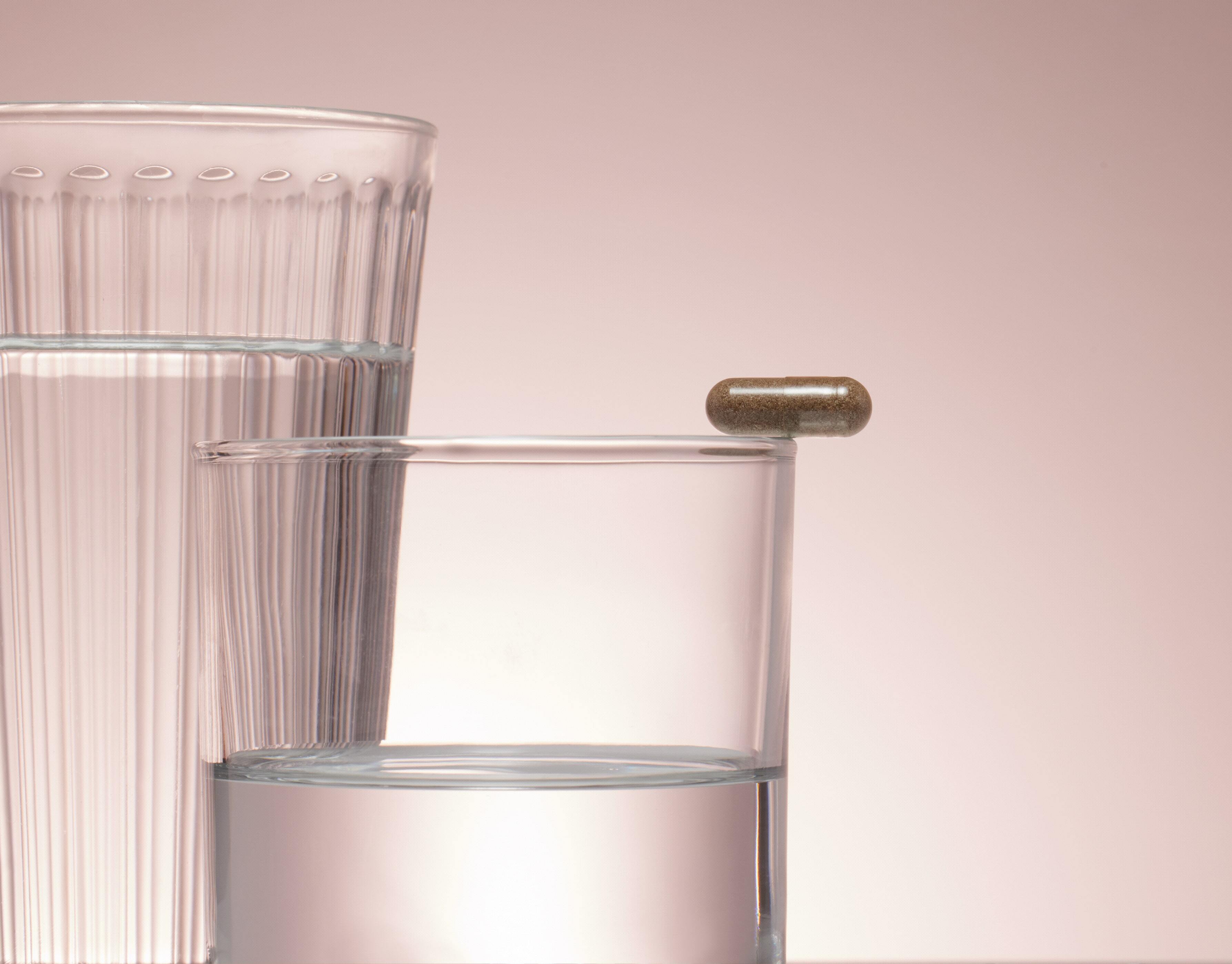

 Instagram
Instagram TikTok
TikTok Youtube
Youtube Facebook
Facebook Email
Email